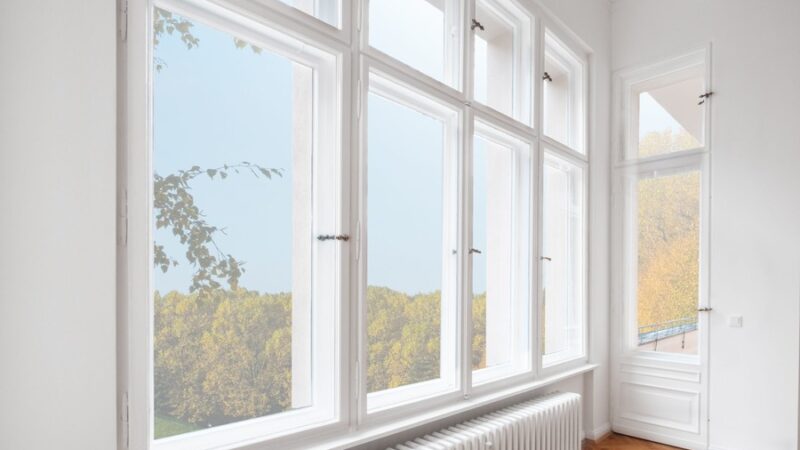What is Tree Pollarding?
Tree pollarding is an ancient horticultural practice dating back to medieval times, originating in Europe but now practiced worldwide. This technique involves the systematic pruning of trees to control their size, shape, and overall growth. Unlike traditional pruning methods, which focus on specific branches or areas of the tree, pollarding involves the removal of most branches, leaving only a framework of main branches or “pollard heads.” This results in a distinct, often striking appearance, with a canopy of foliage atop a series of thick, stubby branches.
Benefits of Tree Pollarding
Tree pollarding offers a multitude of benefits, both practical and aesthetic. By controlling the size and shape of trees, pollarding allows for better management of urban green spaces, particularly in areas with limited space or where trees may pose hazards to surrounding structures. By removing excess growth, pollarding also promotes air circulation and sunlight penetration, which can improve the overall health of the tree and surrounding vegetation.
In addition to practical benefits, pollarded trees can also enhance the aesthetic appeal of landscapes. Their distinctive appearance adds visual interest and architectural structure to gardens, parks, and streetscapes, creating a sense of history and character.
When is Tree Pollarding Necessary?
Tree pollarding is typically undertaken for one of two reasons: practical necessity or aesthetic preference. In practical terms, pollarding may be necessary to manage trees planted in restricted soil spaces or those located in close proximity to buildings, power lines, or other infrastructure. By controlling the size and spread of the tree, pollarding helps to prevent interference with structures and reduces the risk of damage or injury caused by falling branches.
From an aesthetic standpoint, tree pollarding may be desired to achieve a particular look or style in the landscape. Pollarded trees can create a formal, sculptural effect, particularly when used as focal points or boundary markers in formal gardens or urban settings.
The Tree Pollarding Process
The process of tree pollarding involves careful planning and execution to achieve the desired results while minimizing stress to the tree. Pollarding is typically carried out during the dormant season, when the tree is least active and less susceptible to stress or disease. The initial pollarding cut is made to remove all branches except for the main framework of branches or “pollard heads.” Subsequent pruning is then carried out on a regular basis to maintain the desired size and shape of the tree.
Environmental Impact and Considerations
From an environmental perspective, tree pollarding can have both positive and negative impacts, depending on how it is carried out. On the one hand, pollarded trees can contribute to urban biodiversity by providing habitat for birds, insects, and other wildlife. They can also help to mitigate the urban heat island effect by providing shade and reducing the amount of heat absorbed by buildings and pavement.
On the other hand, poorly executed pollarding can have negative consequences for tree health and longevity. Improper pruning techniques or excessive pruning can weaken the tree’s structure, making it more susceptible to disease, pests, and environmental stressors. Additionally, removing large amounts of foliage can reduce the tree’s ability to photosynthesize and produce energy, which can ultimately compromise its overall health and vitality.
Common Misconceptions
There are several common misconceptions surrounding tree pollarding, particularly regarding its impact on tree health and aesthetics. One common misconception is that pollarding is harmful or damaging to trees, leading to stunted growth or reduced longevity. In reality, when done correctly and with proper care, pollarding can actually extend the life of a tree by reducing the risk of disease, structural failure, and other stressors.
Another misconception is that pollarded trees are unsightly or unnatural in appearance. While it’s true that pollarded trees have a distinctive appearance that may not be to everyone’s taste, they can be quite beautiful and striking when incorporated into the landscape thoughtfully and creatively.
Expert Insights and Best Practices
To ensure the success of a pollarding project and minimize the risk of negative consequences, it’s important to follow best practices and seek advice from qualified arborists or tree care professionals. Some key best practices to keep in mind include:
Timing:
Pollarding should be carried out during the dormant season, typically in late winter or early spring, to minimize stress to the tree and promote healthy regrowth.
Technique:
Pollarding cuts should be made carefully and strategically to minimize damage to the tree and promote proper healing. Ideally, cuts should be made just above a healthy bud or branch collar to encourage new growth.
Maintenance:
Pollarded trees require regular maintenance to keep them looking their best and ensure their long-term health and vitality. This may include periodic pruning to remove dead or diseased wood, as well as monitoring for signs of stress or decline.
Species Selection:
Not all tree species are well-suited to pollarding, so it’s important to select species that are known to respond well to this pruning technique. Commonly pollarded species include willows, poplars, planes, and certain species of fruit trees.
By following these best practices and seeking advice from qualified professionals, property owners and managers can enjoy the many benefits of tree pollarding while minimizing the risk of negative impacts on tree health and aesthetics.
Tree pollarding is a time-honored horticultural practice with a long history of use in landscapes around the world. When done correctly and with proper care, pollarding can offer numerous benefits, including enhanced tree health, improved aesthetics, and better management of urban green spaces. By understanding the principles of tree pollarding and following best practices, property owners and managers can enjoy the beauty and practicality of pollarded trees for many years to come.







